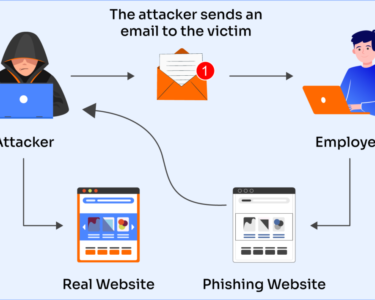
Strengthening Digital Resilience: A Comprehensive Guide
In today’s interconnected world, digital technology plays an integral role in our daily lives. While it offers numerous benefits, it also exposes us to a wide range of cyber threats. Building digital resilience is crucial for individuals, businesses, and organizations to protect themselves from these risks.
What is Digital Resilience?
Digital resilience refers to the ability of an individual or entity to adapt, recover, and thrive in the face of digital disruptions or cyber threats. It encompasses a range of measures to safeguard data, systems, and online presence, as well as to respond effectively to cyber incidents.
Components of Digital Resilience
- Prevention: This includes implementing security measures such as firewalls, antivirus software, and strong passwords to protect against unauthorized access or malware infections.
- Detection: Monitoring systems and logs to detect suspicious activity or potential threats in real-time.
- Response: Having a clear incident response plan in place to quickly and effectively contain and mitigate cyberattacks.
- Recovery: Developing backup and recovery procedures to restore data and systems in case of a breach or disruption.
- Adaptability: Continuously assessing and updating security measures to keep up with evolving threats and technologies.
- Education and Awareness: Training staff and raising awareness about cybersecurity risks and best practices.
Benefits of Digital Resilience
Strengthening digital resilience offers numerous benefits, including:
- Reduced risk of cyberattacks: Implementing robust security measures lowers the likelihood of successful cyber intrusions.
- Protection of sensitive data: Safeguarding data from unauthorized access prevents financial losses, reputational damage, and legal liabilities.
- Improved business continuity: Minimizing downtime and disruptions in the event of a cyber incident ensures uninterrupted operations.
- Enhanced customer trust: Customers feel secure knowing that their personal information and transactions are protected.
- Increased competitive advantage: Businesses with a strong digital security posture differentiate themselves from competitors and attract clients who value data protection.
Building Digital Resilience
- Assess risks: Identify potential threats and vulnerabilities in your systems and online presence.
- Implement security measures: Deploy firewalls, antivirus software, and other security tools to protect against cyberattacks.
- Train staff: Educate employees about cybersecurity risks and responsibilities to foster a security-aware culture.
- Monitor and detect: Regularly monitor logs and systems for suspicious activity to identify potential threats early on.
- Prepare a response plan: Outline clear procedures for responding to and mitigating cyberattacks.
- Test and update: Regularly test your security measures and incident response plan to ensure their effectiveness and make necessary updates.
Conclusion
Digital resilience is essential in today’s digital landscape. By implementing comprehensive security measures, educating staff, and continuously adapting to evolving threats, individuals, businesses, and organizations can protect themselves from cyber risks and thrive in the digital age. Building digital resilience is an ongoing process that requires a proactive and collaborative approach to ensure a secure and resilient digital environment.



